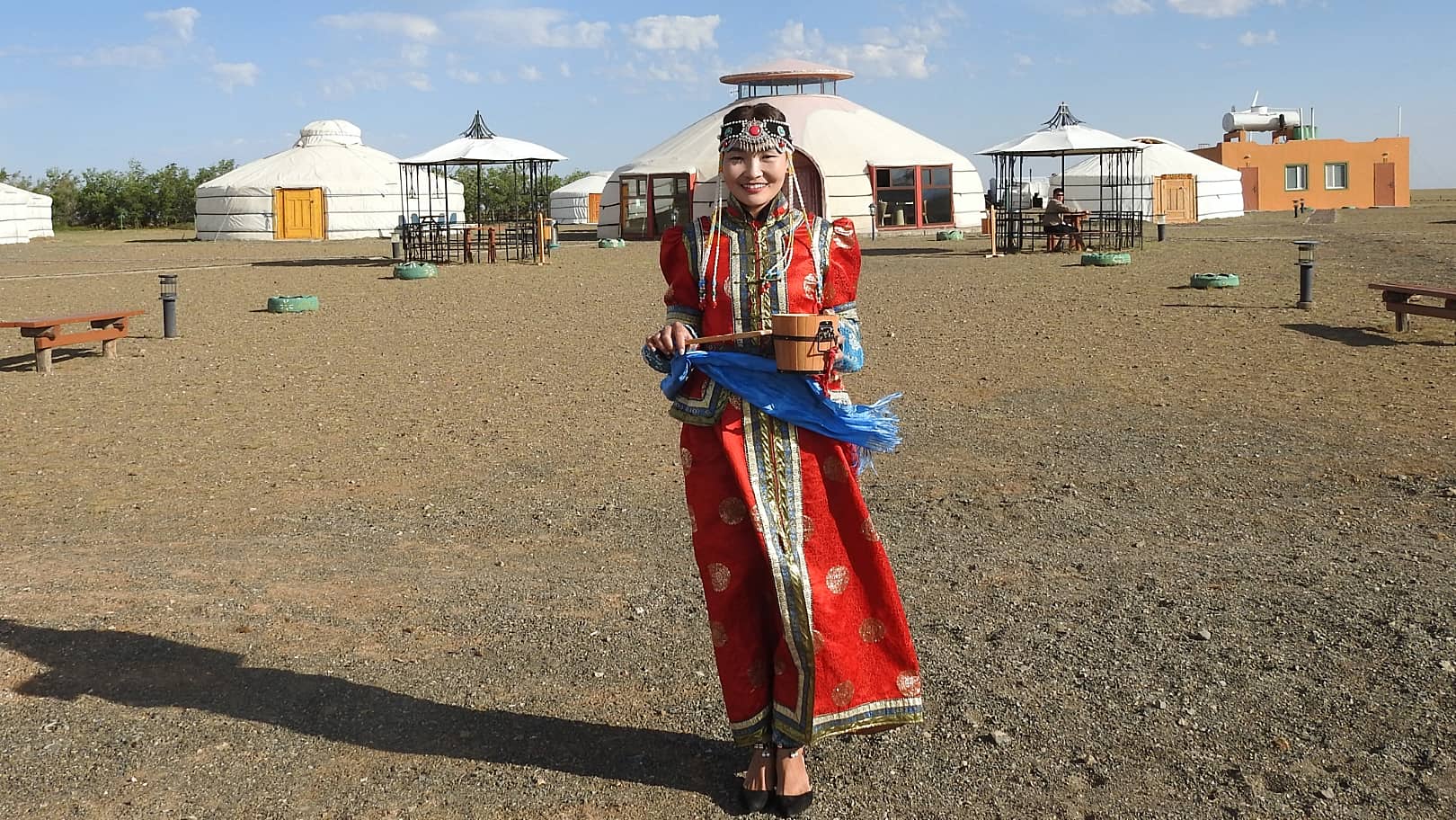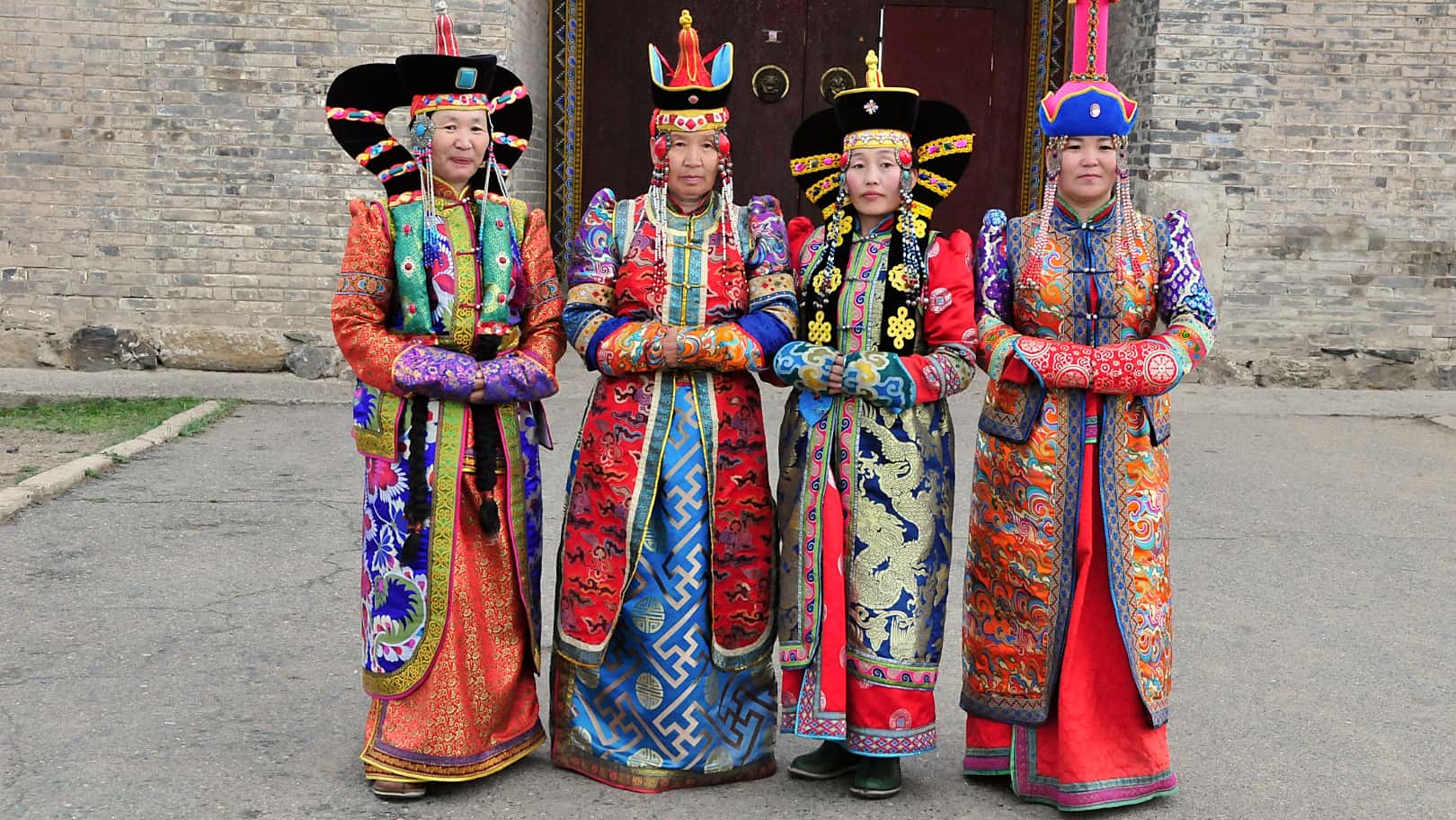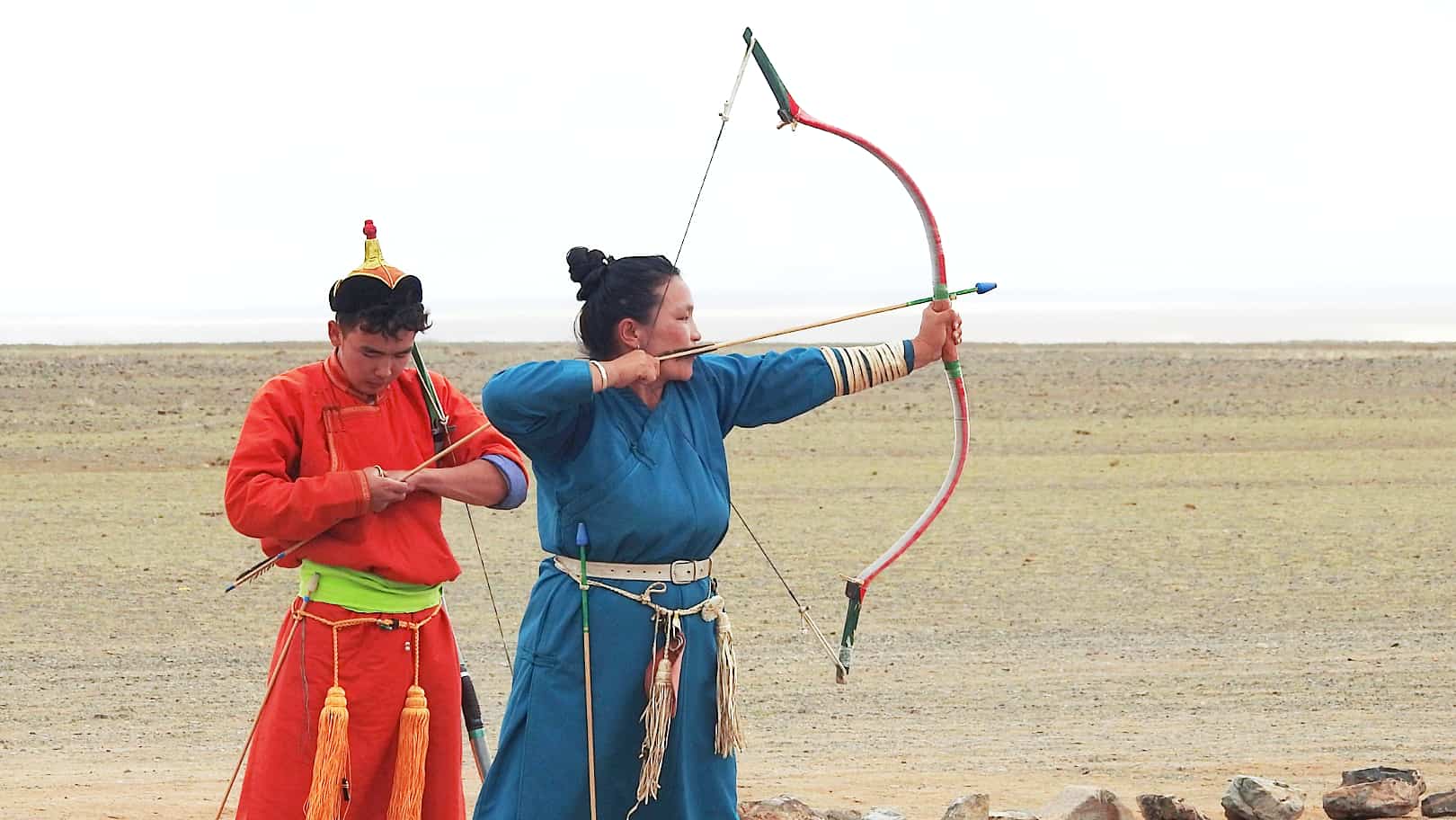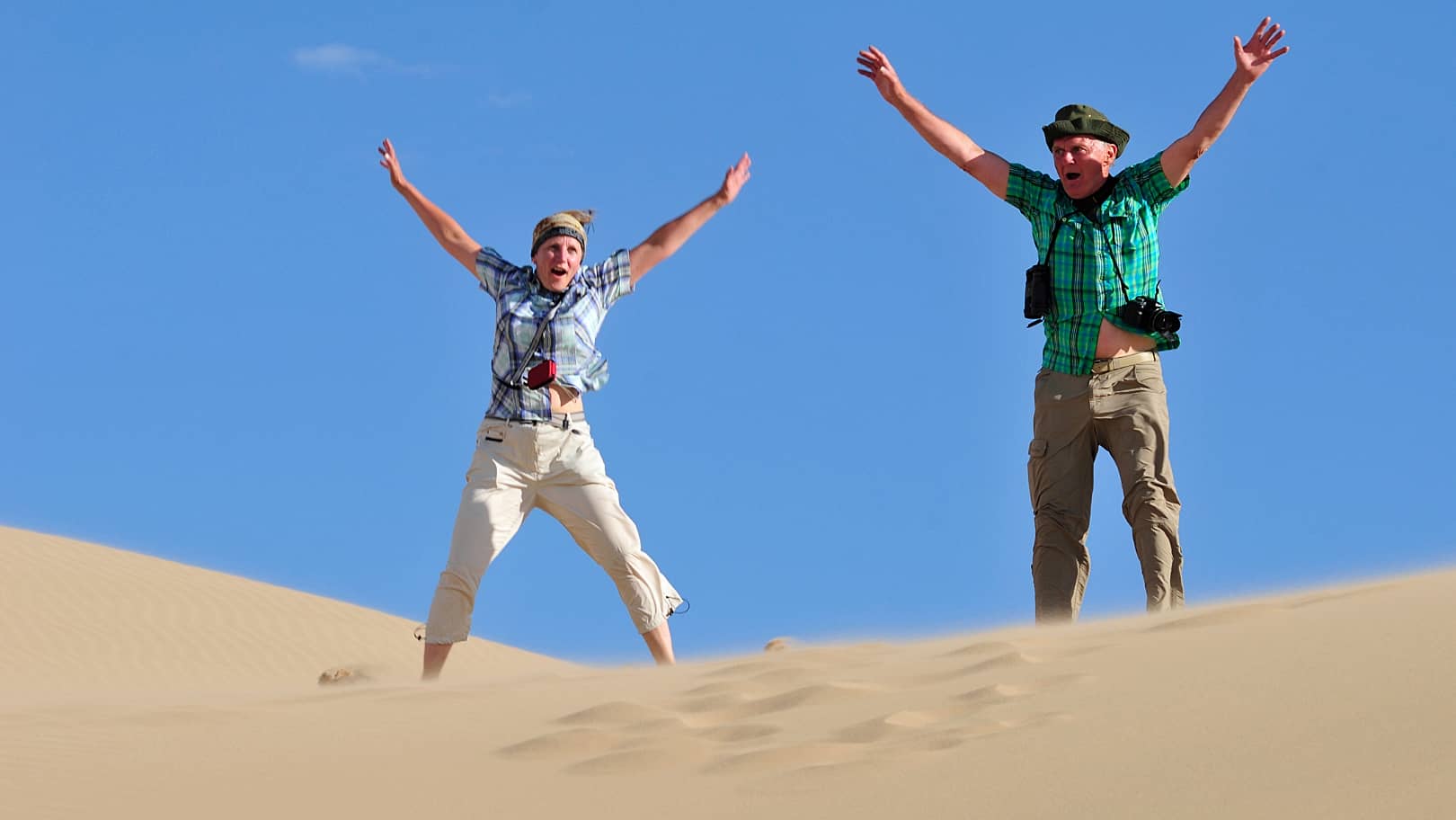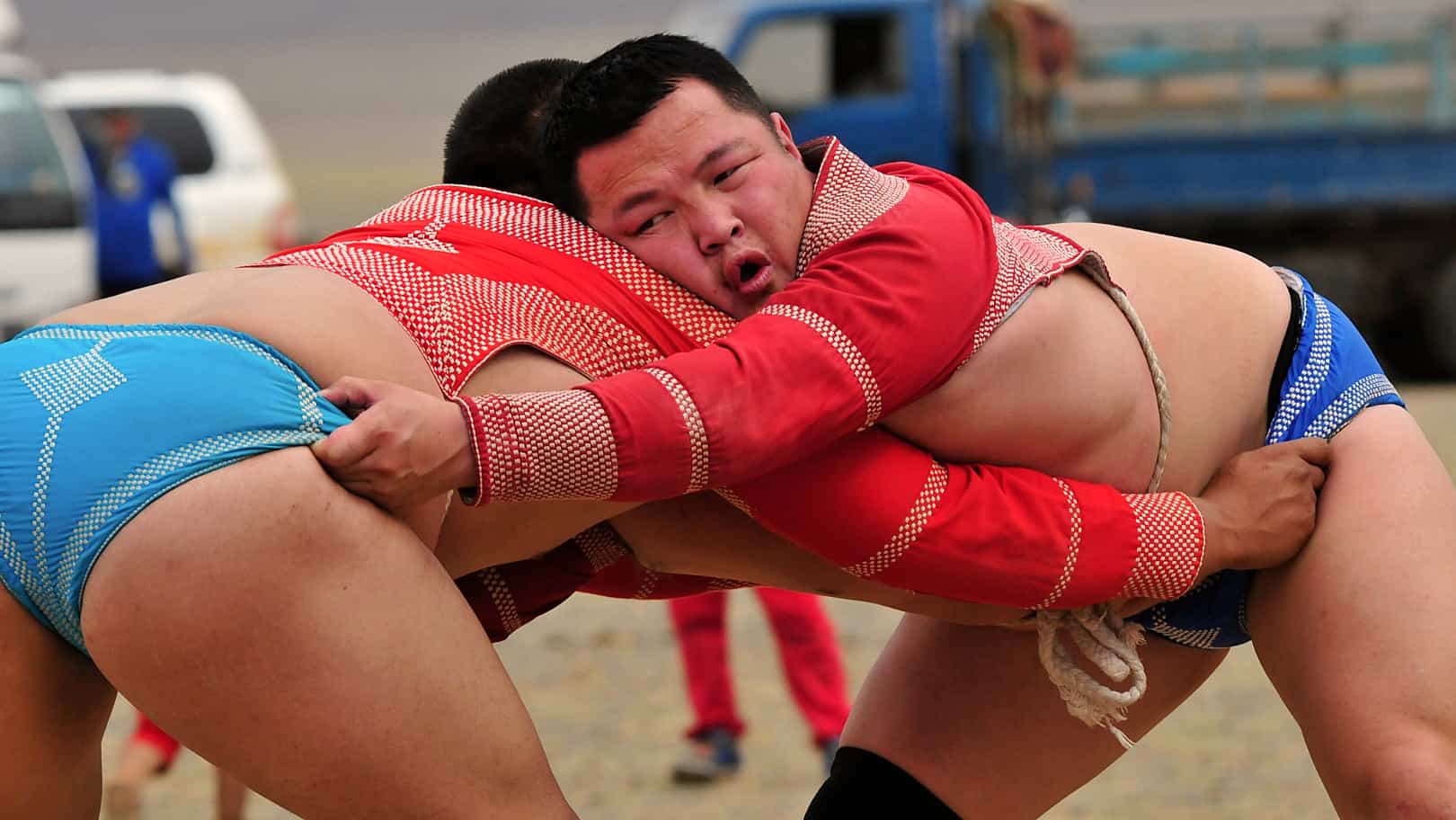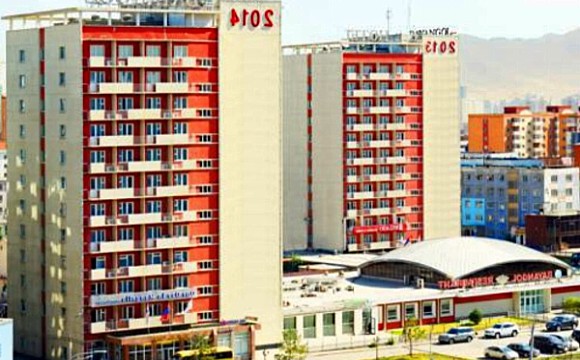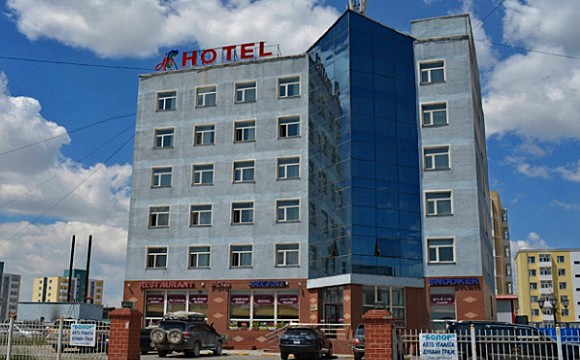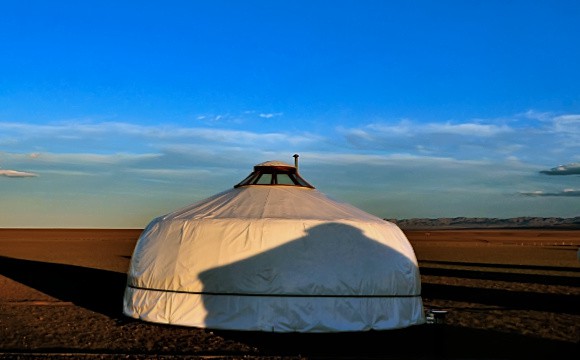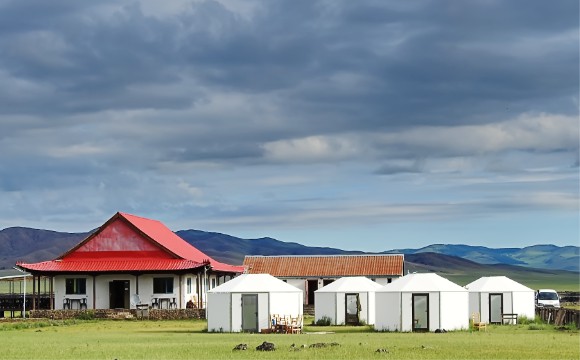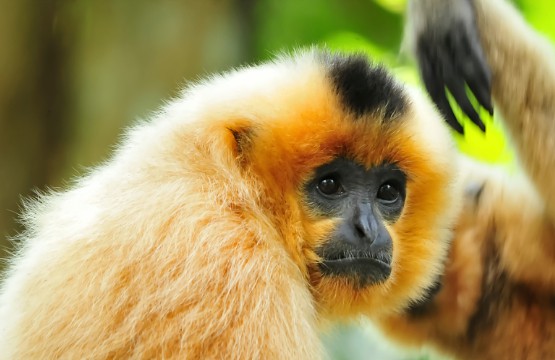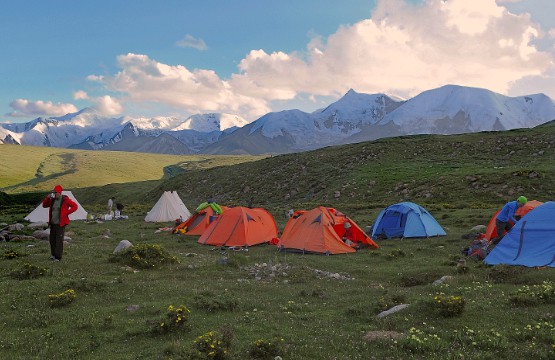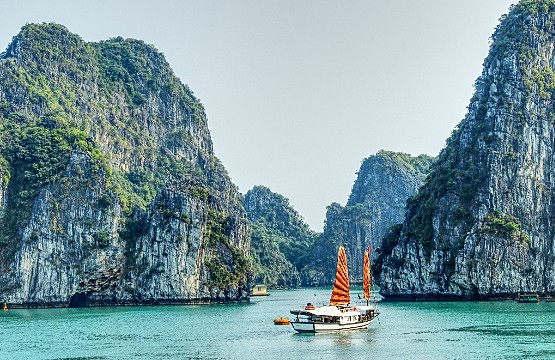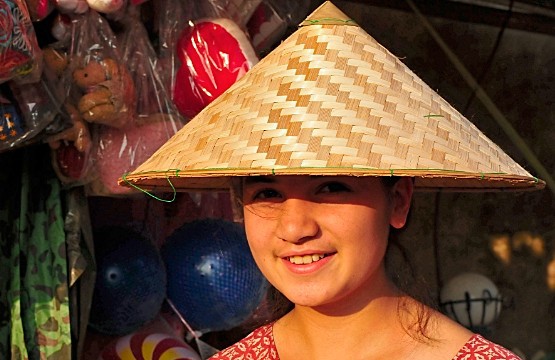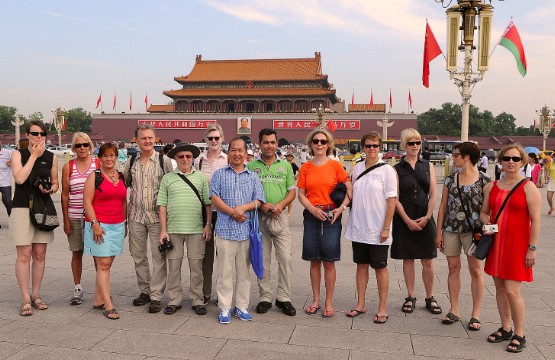Wonders of Mongolia: Nature, Culture & Adventure New Trip
Discovering intriguing Mongolia begins from its capital Ulaanbaatar, breathtaking nature of World Heritage Orkhon Valley and Singing sand dune. This adventurous holiday combines all the highlights of Mongolia – from the busy capital Ulaanbaatar to the arid Gobi Desert and the land of Orkhon Valley. Mongloia’s unique landscape and charming... More
Discovering intriguing Mongolia begins from its capital Ulaanbaatar, breathtaking nature of World Heritage Orkhon Valley and Singing sand dune. This adventurous holiday combines all the highlights of Mongolia – from the busy capital Ulaanbaatar to the arid Gobi Desert and the land of Orkhon Valley. Mongloia’s unique landscape and charming people will leave a memorable impression to all who dare to visit this land.
Arkhangai and Uvurkhangai provinces are located in the center region of Mongolia. Elsen tasarkhai is a unique sight to see, a desert surrounded with mountainous area. The Uvurkhangai Province includes World Heritage Center Orkhon Valley and numerous archaeological remains of the nomads. And the site of the ancient capital city of Chinggis Khan – Kharkhorin – the center of the largest Empire the World has ever known.
A Gobi journey always leaves you with unforgettable impressions: Fata Morgana, fascinating mountainous landscapes, foothills with deep gorges, oases with lush green meadows, magnificent sand dune fields under the sun, camels and their cattle herds. The Mongolian government established the Great Gobi National Park in 1975 and the UNESCO designated as the Great Gobi as the fourth largest Biosphere Reserve in the world in 1991. Mongolians consider that there are 33 different Gobi , where sandy desert occupies only 3 percent of the total territory. The area is often imagined as a lifeless desert like in many other parts of the world. Gobi Desert is a land of dinosaurs and it is the home for camel breeders rich with wildlife and vegetation. Dinosaur skeletons and their petrified eggs have been preserved here to the present day. Wild asses, camels, snow leopards, mountain sheep and gazelles flourish here, as do different types of flora.
Central Mongolia: Here is the UNESCO world cultural heritage – Orkhon Valley Cultural Landscape: Archaeological discoveries show that the Orkhon Valley has been continuously inhabited during the last 100,000 years. The Orkhon Valley is considered the cradle of Central Asian nomadic civilizations. Various peoples of antiquity, including the Huns, the Uighurs and the Turks, settled here since the 3rd century BC.
In Orkhon Valley large urban centers were established, serving as military, commercial and administrative bases of the respective empire. The most important among them was Karakorum, the capital and center of the vast Mongol empire in the 13th and 14th century, built in 1220 under Gengis Khan. From Kharakhorum the entire empire was governed during this time, and the Silk Road trade between Europe and Asia was controlled. The Orkhon Valley also houses numerous archaeological, historical and cultural sites that document the origin and development of Central Asian, and especially Mongolian, urban development.
LessGiving back to the communities is our responsibility!
With every trip, you also support the SWAN and thus projects for Sustainable Community development and Biodiversity protection.
Our primary NGO partner is Social Welfare Association of Nepal (SWAN), with whom we have carried out multiple CSR (Corporate Social Responsibility) projects. Besides carrying out regular CSR activities in the areas of education and women empowerment, we have supported relief and rehabilitation initiatives in the aftermath of several natural disasters like earthquake, immediate response to COVID-19 pandemic across Nepal.
Giving something back to the world is a special and responsible affair of travel-to-nature Asia right from its inception. When you travel with travel-to-nature Asia and SWAN-Nepal, you become an integral force for change in addressing the most pressing social and wildlife conservation issues. Your tourism funds help transform the future of under-privileged and marginalized communities and transform the future of at-risk natural places you travel. Portion of our profit flows to local communities who live with and steward nature, creating jobs and improving livelihoods.
By joining one of our holidays you are playing a vital role in bringing positive changes in the lives of local community.
